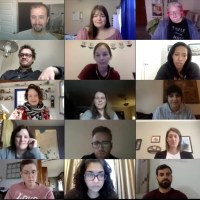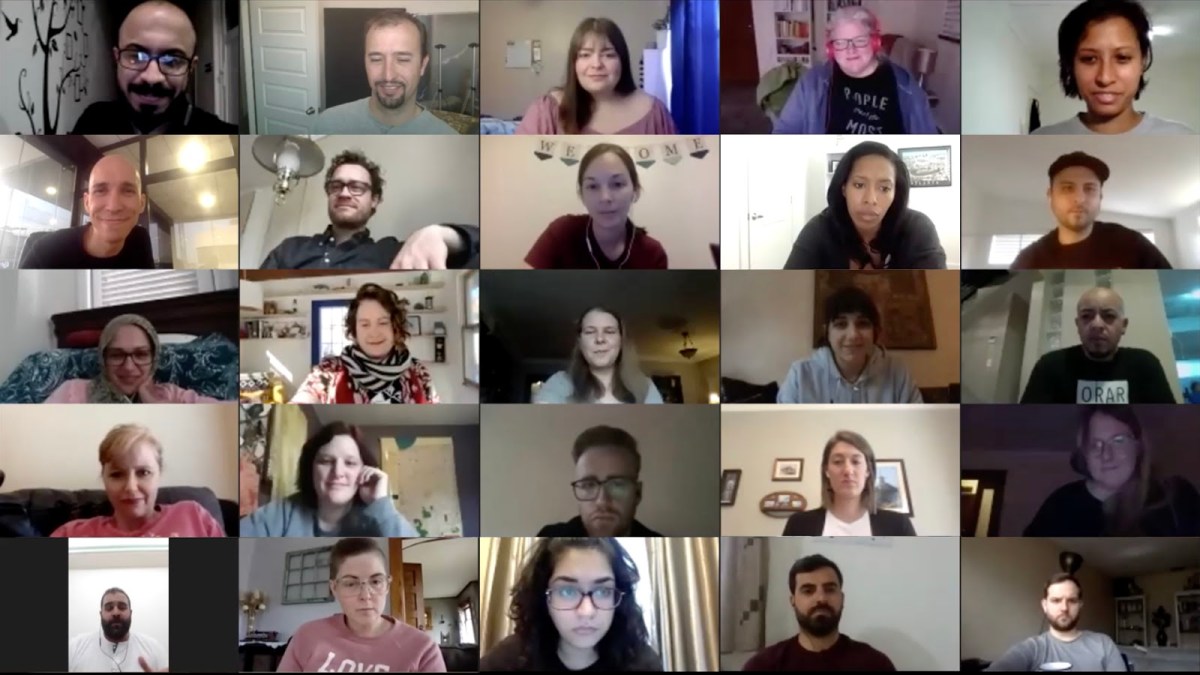As the COVID-19 (coronavirus) pandemic continues to spread, more and more businesses are asking employees to work from home, in an effort to join the social distance movement.
For most members of our Preemptive Love team, this is not a new experience.
When you’re stretched across 3 continents, 6 countries, and at least 8 time zones, social distancing and working from home is a part of life. But we’ve learned through the years that it does NOT have to be a barrier to connection… or getting important work done together.
If this is a new experience for you, that’s ok. We have some ideas for how to build real connection, even in the midst of isolation.
Turn the camera on.
Text-only chats can be misread. Faces and voices speak volumes that words alone cannot express. Plus, in the midst of social distancing, seeing a friendly face—albeit on a screen—can be profoundly comforting. Use apps like FaceTime, Google Hangouts, Slack, Zoom, Skype, and others to have a conversation face-to-face, rather than over text or phone.
Turn the notifications off.
Be fully present for your coworkers, friends, loved ones, or whoever you may be Zooming or Skyping with. (Or at least as fully present as you can be with kids around.) The rest of the world can wait. It’s probably just more bad news designed to elevate your anxiety, anyway.
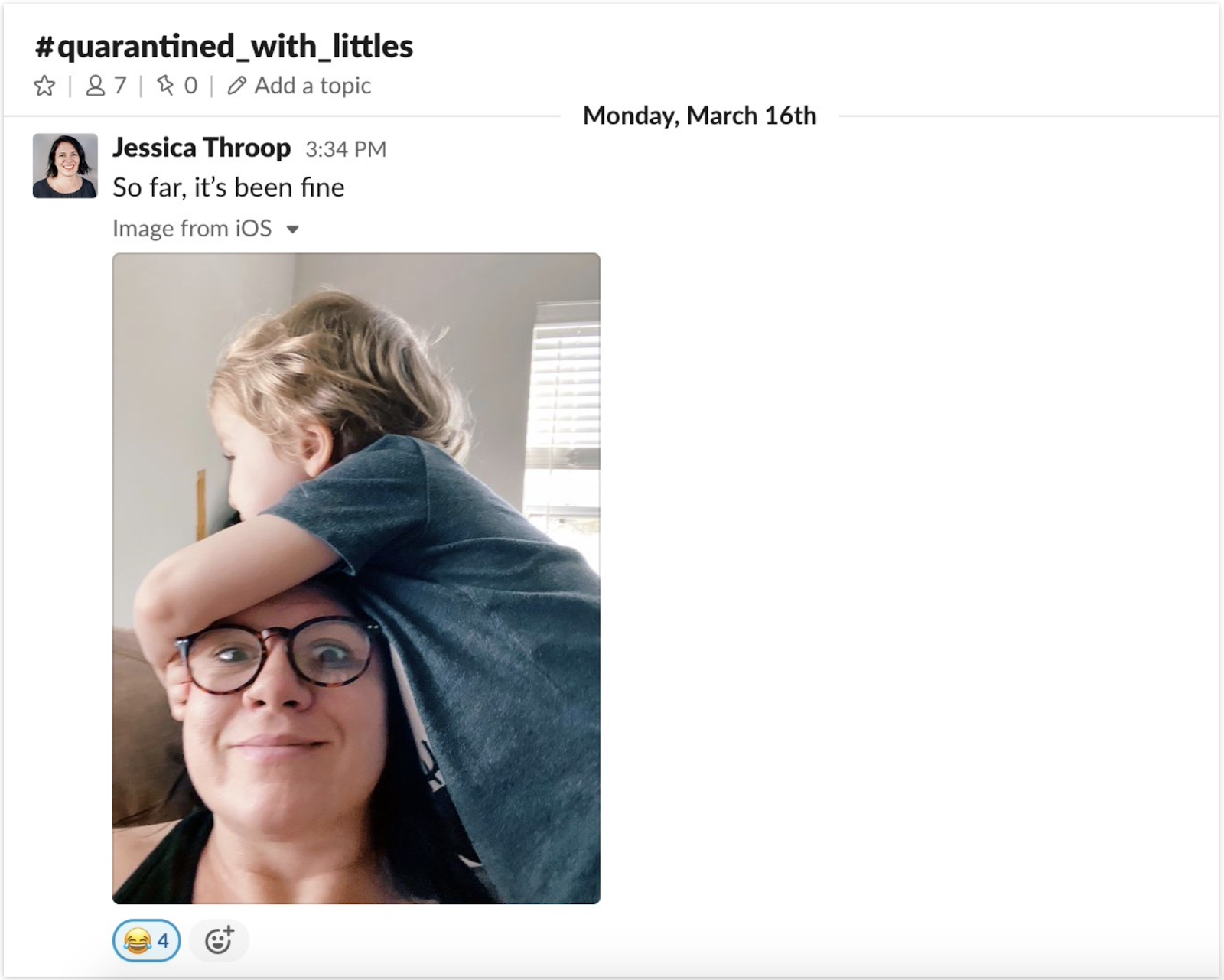
Check in with others, just to check in.
You don’t always have to have an agenda, other than caring for the person on the other side, or just needing to talk. Make yourself available to share a digital coffee break with someone—and don’t hesitate to take someone else up on the same offer.
Say hard things. Be vulnerable. Be brave.
It can feel weird to bring our whole selves to a Zoom call. But social distancing does not have to mean emotional distancing. In fact, sharing openly may just be how you remind yourself that even in this age of social distancing, you are not alone.
It’s ok to be scared. To be frustrated. To be unsure. To be angry. And it’s ok to talk about. There’s a good chance the other person is, too.
Preemptive Love coloring pages and questions for parents and kids
See the best in the person on the other side.
Remember: they are more than what you can see on screen. Even with cameras on, we miss nonverbal cues we might normally pick up in person. Assume the best. Believe the best for the other person, even (and especially) when they don’t believe it for themselves.
Remember, too, that we’re all feeling a little bit of stress, which can lead us to be distracted or easily frustrated. Have patience and grace. Take a deep breath and a step back.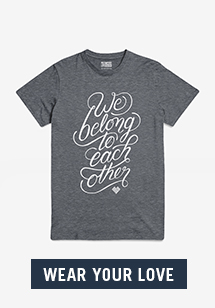
If you have kids, include them.
They’re going to include themselves anyway. But also, let’s all agree not to guilt ourselves over all the extra screen time they get for the next few weeks—or not sticking to the perfect daily schedule—while we figure out how to juggle work, homeschooling, and avoiding a pandemic all at once.
You need to disconnect, too.
Staying digitally connected is fantastic and necessary. But know when to turn the screen off, too. Taking the time to get outside, to breathe fresh air, move your body—to remember that we all share the same earth—can be reenergizing. (Bonus: nature can also boost your immunity!) Take time to get outside for a walk or run or hike. Maintain distance from others if they’re out, too, but you can still exchange a wave and a hello!
Get some sun on your face and then come back in, ready to be together and get back to work.
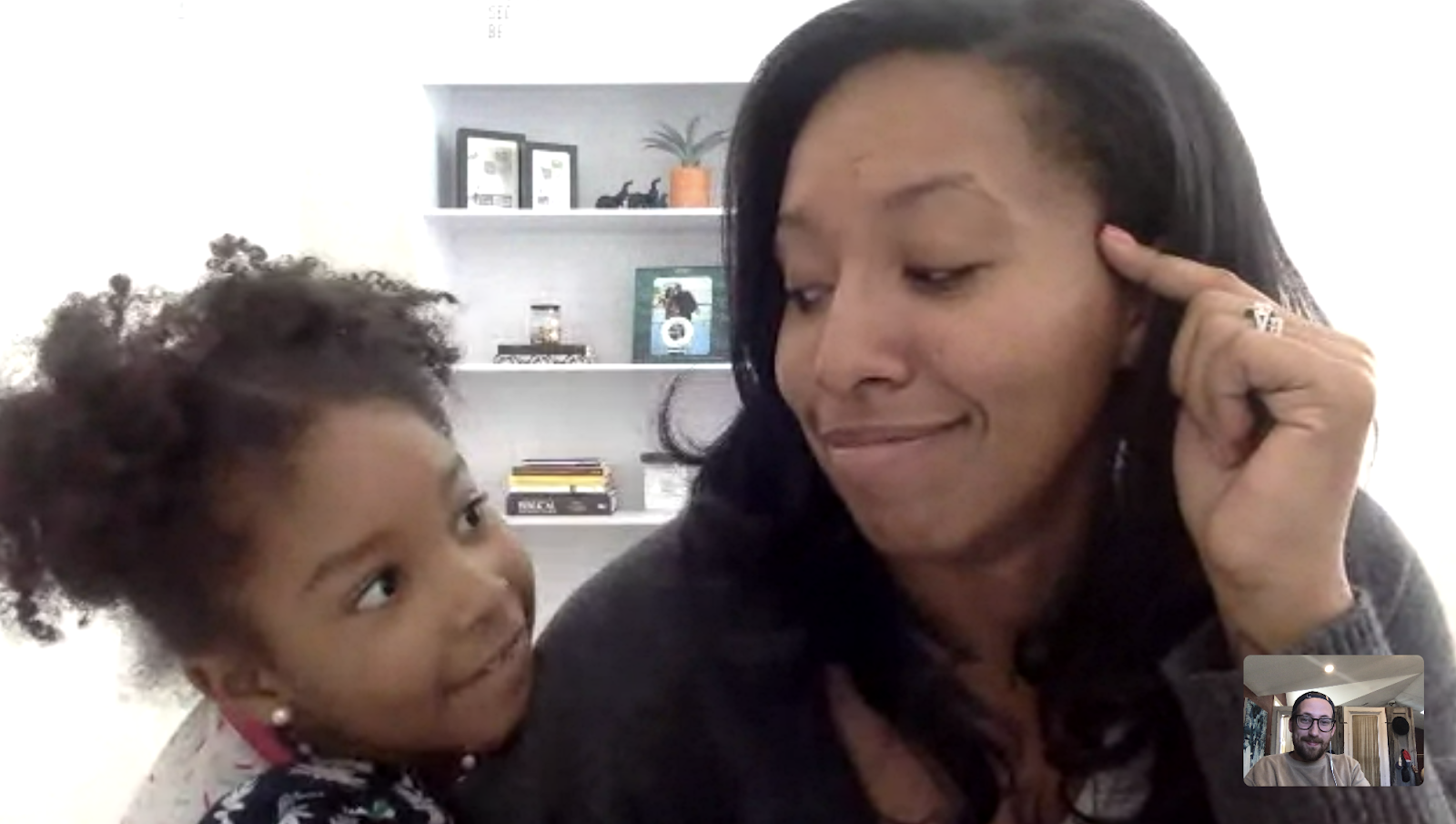
These are hard times. But know this: the tools and technology we’re relying on to get through right now are the same tools and technology that make our global peacemaking work possible.
It’s made lifelong friends of Iraqis and Americans. It’s connected refugees to digital jobs they can do from anywhere, even if war forces them to flee or a virus forces them to quarantine.
It’s connected people across borders, faiths, politics—across every line that’s supposed to divide us.
And while in the long run, it is no replacement for getting offline, for connecting face-to-face with those who are different, right where you are—it CAN be the thing that holds us together for now, for a time when the most loving thing we can do is keep our distance from each other.
The same technology that keeps us connected in the midst of social distancing? What if we can use it to heal what’s tearing us apart? To end war?
And use it to get us through a pandemic, together.

